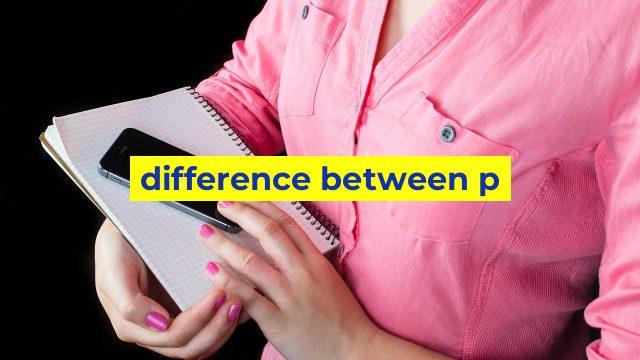When it comes to writing web content, it’s important to understand the different heading tags that you can use to structure your page. Two of the most commonly used heading tags are the
and
tags, and knowing the difference between them can help you create more effective SEO content.
The primary difference between
and
tags is the level of hierarchy they represent. In HTML, heading tags are organized into a hierarchy, with the
tag being the most important and the
tag being the least important.
tags are used to denote a subheading below the main heading of the page (usually an
tag), while
tags are used for subheadings beneath
tags.
tag being the most important and the
tag being the least important.
tags are used to denote a subheading below the main heading of the page (usually an
tag), while
tags are used for subheadings beneath
tags.
tags are used to denote a subheading below the main heading of the page (usually an
tag), while
tags are used for subheadings beneath
tags.
tags are used for subheadings beneath
tags.
So why does this matter for SEO? Well, for starters, using heading tags properly can help search engines better understand the structure of your content. In general, search engines see content that is structured with clear headings and subheadings as being more organized and easier to navigate, which can help improve your chances of ranking higher in search results.
In addition, using
and
tags effectively can also help your users better understand your content. By breaking your content up into logical sections with clear headings, you make it easier for readers to skim through and find the information they’re looking for. This not only improves the user experience, but it can also help keep readers on your page longer, which is a positive signal to search engines that your content is valuable.
So how do you know whether to use an
or an
tag? In general, you should use
tags for major subheadings within your content, while reserving
tags for subsections beneath those
headings. By using this hierarchy of heading tags, you can create a structure that is easy for both users and search engines to navigate, and that clearly communicates the organization of your content.
tags for major subheadings within your content, while reserving
tags for subsections beneath those
headings. By using this hierarchy of heading tags, you can create a structure that is easy for both users and search engines to navigate, and that clearly communicates the organization of your content.
headings. By using this hierarchy of heading tags, you can create a structure that is easy for both users and search engines to navigate, and that clearly communicates the organization of your content.
Overall, the difference between
and
tags may seem small, but it can have a big impact on the effectiveness of your SEO content. By using these tags properly, you can create content that is easier for both users and search engines to navigate, and that communicates a clear and logical structure. So next time you’re writing web content, be sure to keep this hierarchy of heading tags in mind!
Table difference between p
Table difference between p
HTML Table:
An HTML table is used to display data in rows and columns. It is a powerful tool for organizing and presenting data in a structured way. Tables are used to display data in a structured format that is easy to read and analyze. Tables can include headings, rows, and columns. They can also include captions, footnotes, and summaries.
Paragraph:
A paragraph in HTML is a block of text that is separated from other text by blank lines. The main difference between a table and a paragraph is that a table is used for displaying data in a structured way, while a paragraph is used for displaying text in a linear format. Paragraphs can be used to explain or provide additional information about data that is displayed in a table. They can also be used to break up long sections of text into smaller, more readable sections.
Conclusion:
In summary, an HTML table is used to display data in a structured and organized way, while a paragraph is used to display text in a linear format. Tables are mainly used for displaying data, while paragraphs are mainly used for displaying text. Both tables and paragraphs can be used together to provide a better understanding of data and text.
